
MT6701 is the latest magnetic angle encoder IC produced by MagnTek, which can realize three-axis sensing (rotation & pressing). With its excellent ability, the sensor is suitable for DC brushless servos applications, such as drone, PTZ, robot joints, etc., as well as smart electronic knobs of smart home appliances and electric vehicles.
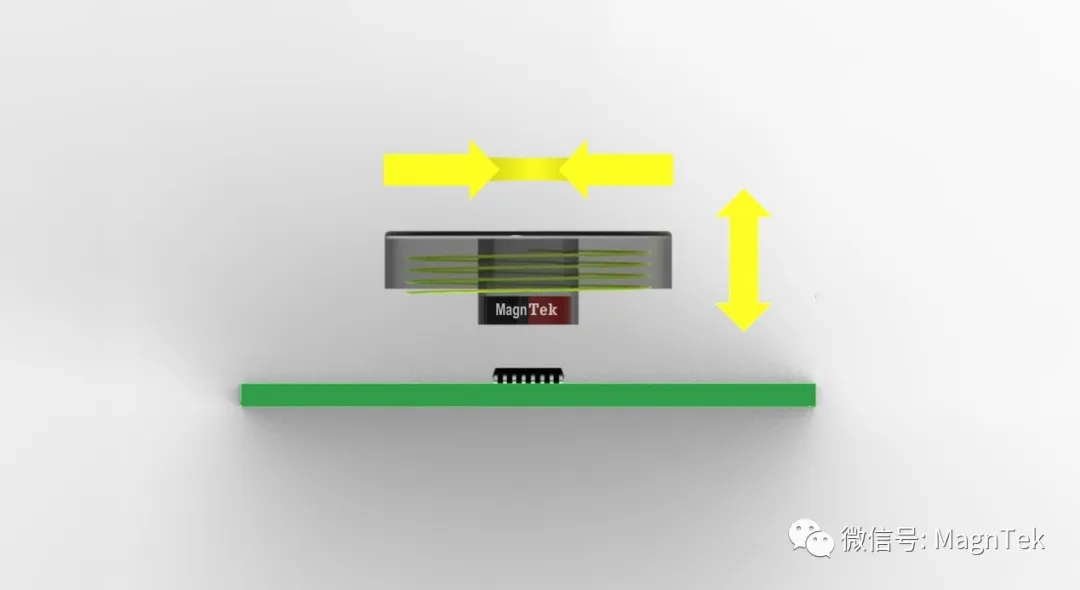
With the development of magnetic sensing technology, magnetic angle encoder IC has experienced three steps of horizontal Hall sensor,vertical Hall sensor and magneto-resistive sensor (AMR, GMR and TMR) in last 20 years. At present, various types of magneto-resistive sensing technologies have dominated the high-performance magnetic angle encoder market. At the same time, ASIC which integrated complex signal processing and calibration algorithms has also become indispensable core part to improve the overall performance of magnetic encoder IC.
However, MagnTek has dug a new treasure from the early magnetic sensing technology. Today we will introduce an old sensing method - differential horizontal Hall sensing (the Hall effect device is in the horizontal plane of the IC surface).
Due to poor SNR caused by poor sensitivity (nearly 10 times worse than magneto-resistive sensing), the hall-sensing IC has a worse performance of noise than the magneto-resistive angle encoder IC, especially in high-performance closed-loop stepper and servo motor applications. However, it has an excellent performance of anti-magnetic interference, and in some applications, the hall-sensing IC has some advantages. In addition, the hall-sensing IC can sense both the angle and magnitude of vertical magnetic field, so it can achieve a non-contact " rotation & pressing " function.
MT6701 - the latest magnetic angle encoder IC of MagnTek, is based on this principle.
| Core principle: Differential Hall effect -- eliminate external magnetic field interference
let's learn about the principle of differential horizontal Hall effect shown in the figure below.
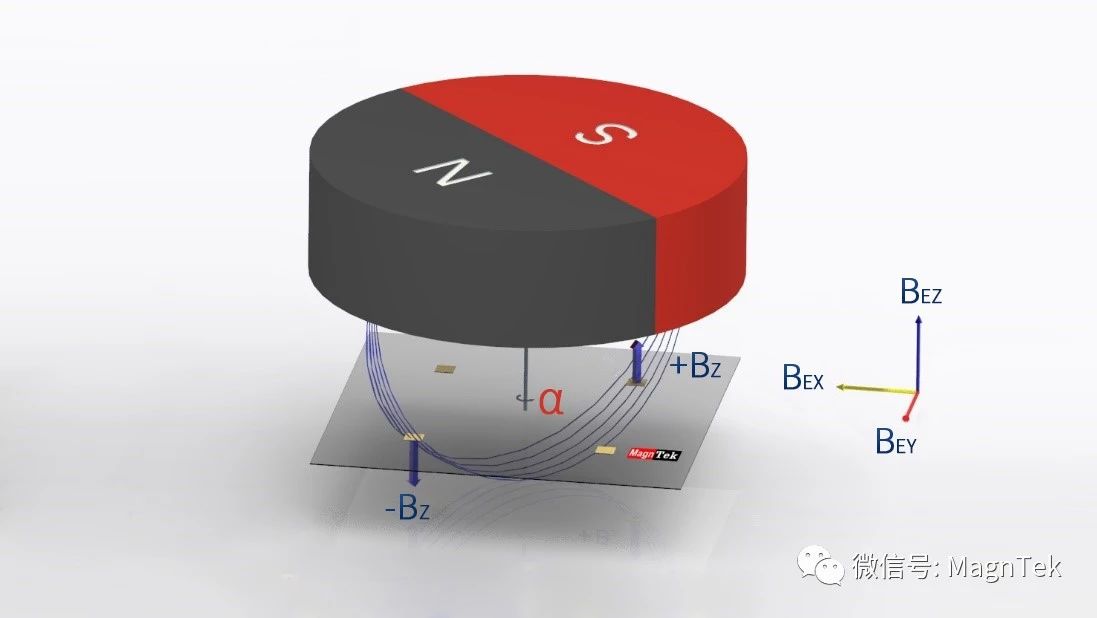
Figure 1: Differential horizontal Hall effect principle
01 | Angle Sensing in X-Y plane
There are four horizontal Hall plates placed at 90° from each other, and the horizontal Hall plates only sensing the vertical component of magnetic field Bz. The two Hall plates in a diagonal are a pair of differential plates and they sense magnetic field intensity 2Bz= Bz-(-Bz). Four horizontal Hall plates form two differential hall electric bridges. With the rotation of one pole pair diametrically magnetized magnet, the bridges produce Cosine and Sine voltage signals, as shown in the figure below. Due to the low sensitivity of the Hall plate, generally the voltage signal is only a few mV, and the angle θ can be calculated by amplification, calibration and signal processing circuit. θ can be output by MT6701 in the form of ABZ, PWM, analog linear voltage, and 14-bit binary digital absolute value.
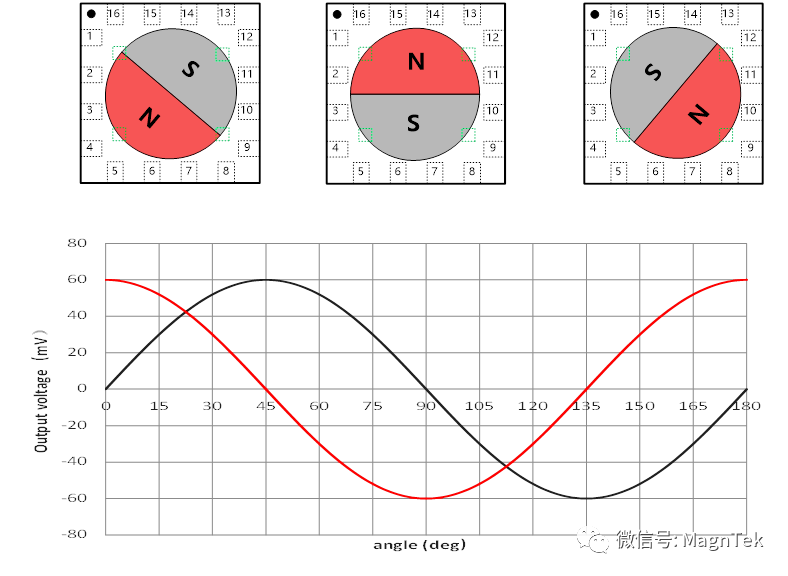
Figure 2 Differential horizontal Hall effect angle detection
02 | Anti-magnetic interference of differential Hall plate in all directions
The Hall plates in the IC are only sensitive to the vertical component of magnetic field. As shown in Figure 1, place one pole pair diametrically magnetized magnets above the center of the IC, and the magnetic field lines will from north pole to south. In these conditions, one of the horizontal Hall plates placed at 180° from each other, senses the +BZ magnetic field, and the other senses -BZ. With differential operation, the total magnetic field is 2BZ. If there is a X-direction interference magnetic field BEX or a Y-direction interference magnetic field BEY in the system, the Hall plate could not sense these interferences. If there is a Z-direction interference magnetic field BEZ, then one of Hall plates senses the magnetic field BEZ + BZ, and the other senses the magnetic field BEZ - BZ. And with differential operation, the total magnetic field is still 2BZ. Therefore, the differential Hall plate design can perfectly eliminate the interference of the magnetic field in any direction of outside. This is a natural advantage in many applications.
03 | Press detection function in vertical direction (Z direction)
In addition to angular rotation sensing in the X-Y plane, the MT6701 also integrates a vertical direction (Z-direction) pressure detection function.

This function uses the voltage signal of Cosθ and Sinθ generated by two pairs of 90° bridges, and their square sum A represents the absolute strength of the magnetic field sensed by the Hall plate:
A=ASin2θ+ ACos2θ
In the case, the distance between the IC and the magnet is fixed, and regardless of the angle θ, the calculated value of A is fixed. But when the vertical distance between the magnet and the IC changed, the magnetic field sensed by the Hall plate will be changed, and the value of A will be changed. Taking advantage of this mathematical relationship, the MT6701 achieves the Z-axis pressing function. The pressing threshold can be programmed through the IC's built-in EEPROM to suit different application designs.
| Convenient and strong anti-interference design--SSI interface
MT6701 provides a convenient and strong anti-interference digital transmission interface -- SSI.
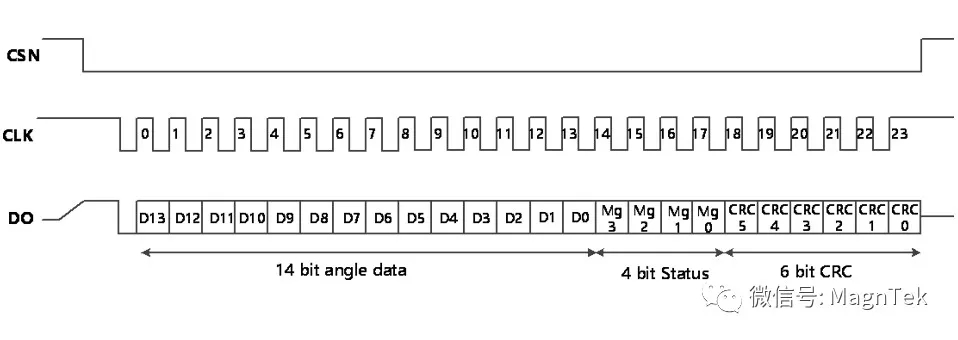
Figure 3: SSI communication interface of MT6701
The MT6701 provides a convenient SSI interface. Compared with the I²C or SPI, the SSI interface does not require communication commands. The master computer only needs to provide a select signal and a clock to read data from the IC. MT6701 provides fixed 24 bits data frame on the SSI interface, including 14 bits of angle data, 4 bits of magnetic field status information (including weak magnetic, strong magnetic, pressing and speed saturation), and up to 6 bits of CRC(cyclic redundancy check).
The 6 bits CRC greatly improves the anti-interference ability of data transmission. In many applications, the encoder is close to the motor or power line, which make electromagnetic environment harsh, and the transmission will be interfered susceptibly. The master computer can reduce the probability of receiving erroneous data by the 6 bits check digit.
| Typical Application of MT6701
01 | Brushless DC steering engine
Brushless DC steering engine is a high-end application, which is widely used in drone, PTZ, robot joints, etc.
The DC brushless steering engine is generally a coreless motor. Due to its space structure constraint, the encoder is generally placed on the side of the motor. Most kind of magnetic encoder will be interfered by the magnetic field of the motor except the differential Hall effect magnetic encoder. it can eliminate this kind of interference easily and perfectly.
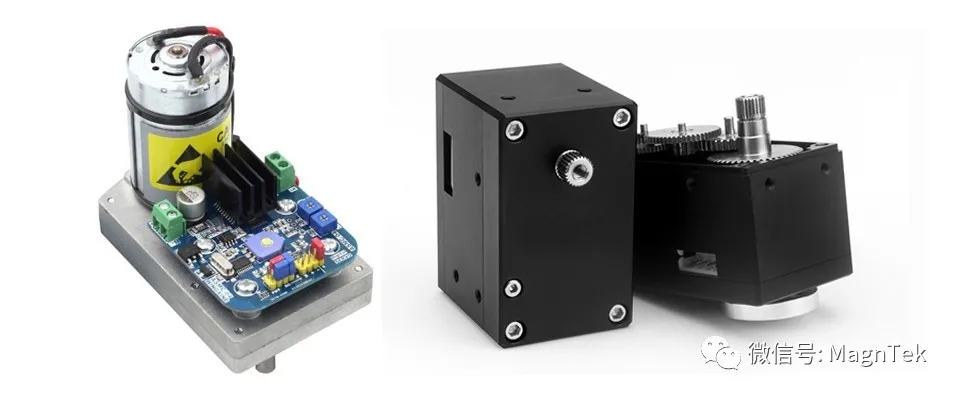
Figure 4: Servo
02 | "Rotation + Pressing" application based on magnetic encoder IC
Most knobs are realized with traditional potentiometers, which are cheap and sophisticated. However, with the pursuit of beauty, convenient and reliability, there are some demands, which use magnetic angle encoder IC to replace the traditional potentiometers, arise in smart home appliances.
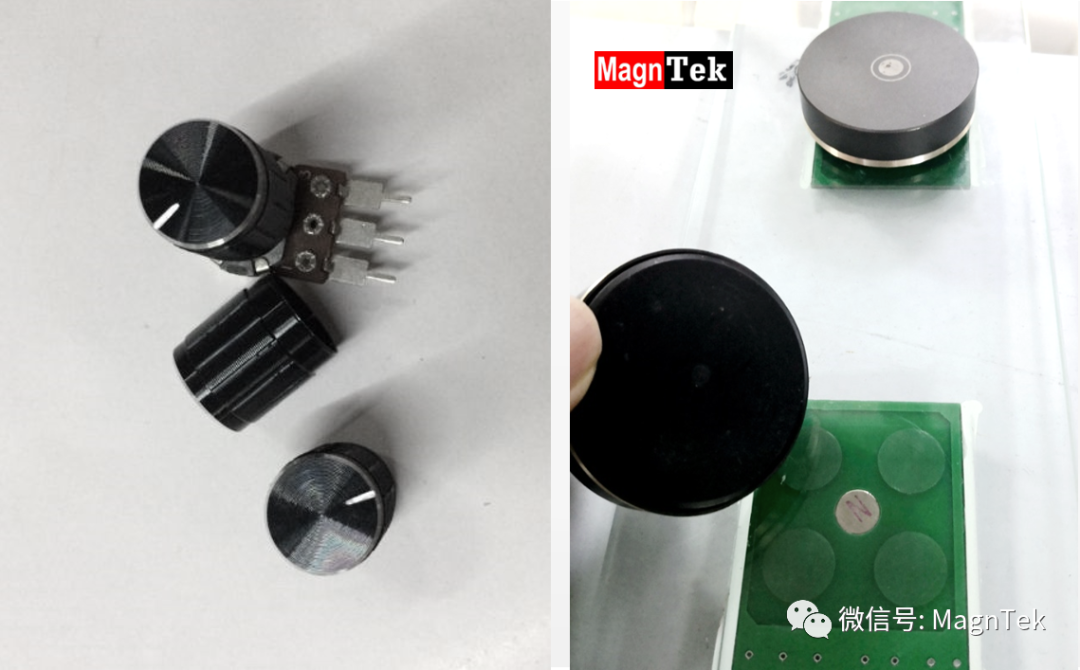
Figure 5: traditional potentiometer knobs magnetic angle encoder switches
Two benefits of using magnetic angle encoder IC as a knob
Contactless operation and longer life than the potentiometer. In some equipment the knob needs to operate all the time, and tens of thousands of rotation times of potentiometer will limit the service life seriously. But the service life of the magnetic angle encoder has nothing to do with the number of rotation times, and the general service life is more than 10 years.
It is also due to the contactless operation, the magnet and the IC can be separated, so it is easy to realize the waterproof design. For example, the PCB and the knob (containing the magnet) are completely insulated with glass and other materials, which can be waterproof without affecting the performance at all.
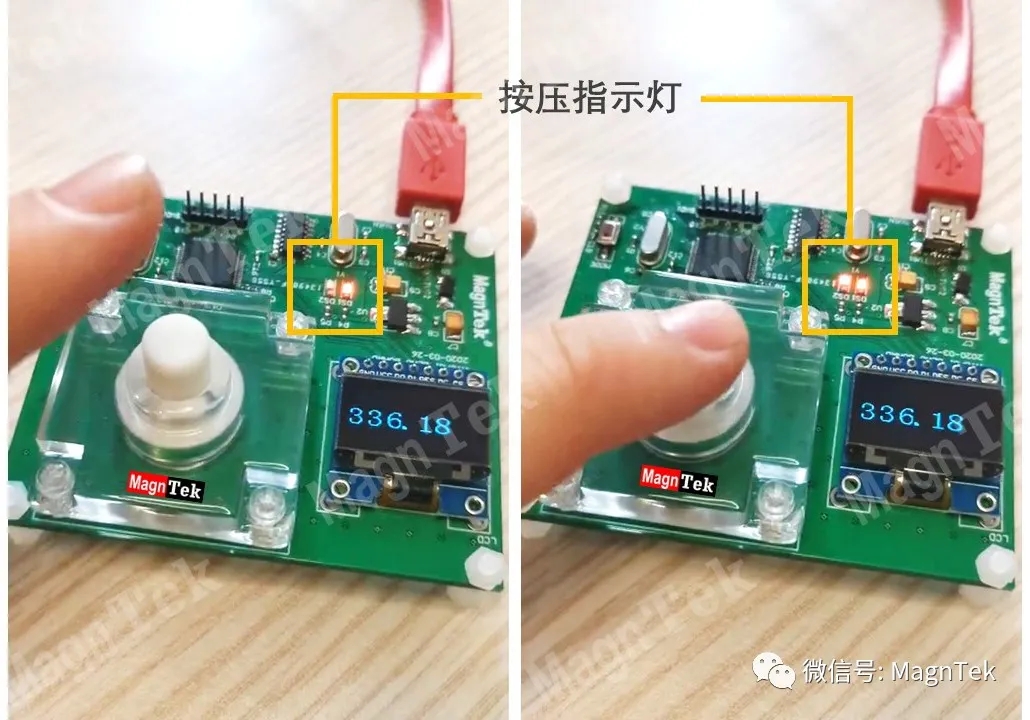
Figure 6: MT6701 realizes the function of "rotation + pressing"
Click “MT6701” in the news for further information.
For quick service, you can contact us directly.01
E-mail. info@magntek.com.cn
Tel. +86-21-58095699-210 (extension), Mrs. Wang
Thank you for your attention, and we sincerely look forward to your cooperation.
